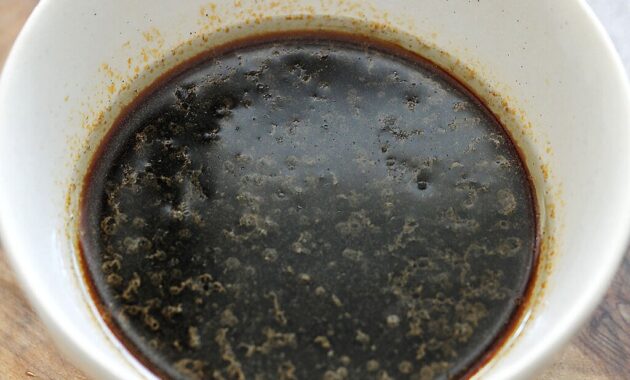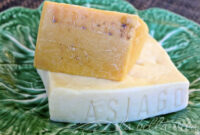Fish sauce, that pungent, savory elixir, is the cornerstone of Southeast Asian cuisine. It adds depth, complexity, and an unmistakable umami richness to countless dishes. But what if you could craft your own, controlling the flavor profile and ensuring the highest quality? This guide unveils the secrets to making authentic homemade fish sauce, a surprisingly simple process that yields extraordinary results. Prepare to embark on a culinary adventure, transforming humble ingredients into a flavor powerhouse.
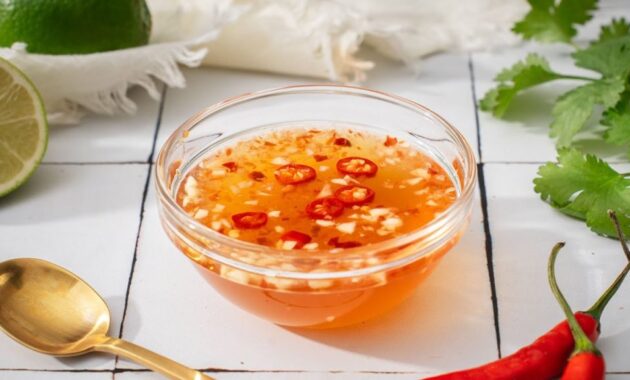
Imagine the satisfaction of drizzling your own homemade fish sauce over grilled meats, stir-fries, or delicate spring rolls. The vibrant flavors, a testament to your culinary prowess, will elevate your dishes to new heights. While store-bought options abound, nothing compares to the nuanced taste and superior quality of a batch crafted with your own hands. This recipe provides a detailed, step-by-step approach, ensuring success even for beginner cooks.
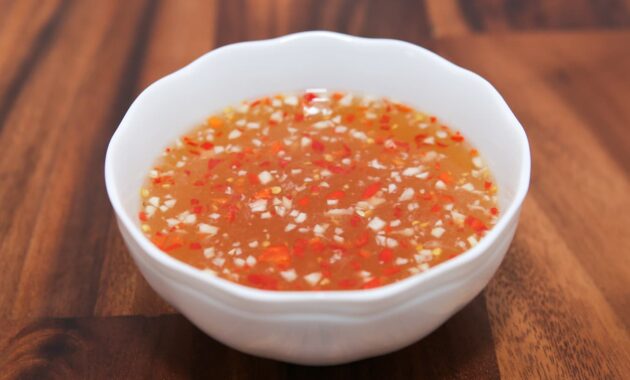
So, are you ready to ditch the generic bottles and embrace the art of homemade fish sauce? Let’s dive in!
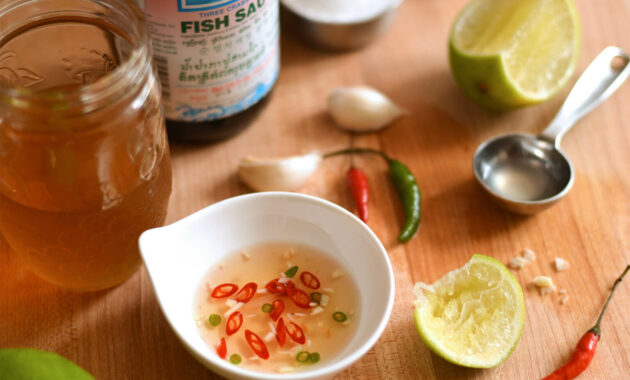
| Category | Value |
|---|---|
| Preparation Time | 15 minutes (initial setup) + 6-12 months (fermentation) |
| Cooking Time | None (fermentation process) |
| Yield | Varies, approximately 1-2 liters depending on ingredients |
| Difficulty | Easy (patience required) |
Nutrition per Serving (estimated, per tablespoon):
(Note: Nutritional information is an estimate and can vary based on the specific ingredients used.)

- Calories: Approximately 5-10 kcal
- Protein: Approximately 1-2 grams
- Sodium: Approximately 1000-1500 mg
- Fat: Trace amounts
- Carbohydrates: Trace amounts
Ingredients for Authentic Homemade Fish Sauce
| Ingredient | Quantity | Notes |
|---|---|---|
| Fresh Fish (Anchovies or Sardines) | 2-3 kg | Very fresh, preferably small varieties. Gutting is optional. |
| Sea Salt (Coarse) | 1-1.5 kg (approximately 1/2 the weight of the fish) | Essential for the fermentation process. Avoid iodized salt. |
| Water (Optional) | 100-200 ml (if needed) | Only if the mixture is too dry. Use purified or distilled water. |
| Glass Jar or Ceramic Crock | Large enough to hold the fish and salt mixture | Must be food-grade and airtight or easily sealed. |
| Weight | Clean stone or ceramic weight | To keep the fish submerged below the brine. |
Cooking Instructions
- Prepare the Fish: Thoroughly rinse the fresh anchovies or sardines under cold running water. Remove any debris or scales. Gutting the fish is optional; some prefer to leave them intact for a more intense flavor. Pat the fish dry with paper towels.
- Layer Fish and Salt: In your clean glass jar or ceramic crock, begin layering the fish and sea salt. Start with a layer of salt at the bottom, followed by a layer of fish. Continue layering, ensuring that each layer of fish is generously covered with salt. The salt should be approximately half the weight of the fish. This ratio is crucial for proper fermentation and prevents spoilage.
- Weigh it Down: Once all the fish and salt are layered, place a clean stone or ceramic weight on top of the mixture. The weight is essential to keep the fish submerged below the brine that will form during fermentation. This prevents the fish from being exposed to air, which can lead to unwanted bacterial growth.
- Seal and Ferment: Seal the jar or crock tightly. If using a jar, ensure the lid is airtight. If using a crock, cover it with a lid or plastic wrap, securing it tightly with a rubber band. Place the sealed container in a cool, dark place. The ideal temperature for fermentation is between 70-80°F (21-27°C). Avoid direct sunlight or excessive heat, as this can negatively impact the fermentation process.
- Patience is Key (Fermentation Time): Now comes the hardest part: waiting. The fermentation process typically takes anywhere from 6 to 12 months, or even longer depending on the temperature and desired flavor intensity. During this time, the salt will draw out the moisture from the fish, creating a brine. The enzymes present in the fish will break down the proteins, releasing amino acids and creating the characteristic umami flavor of fish sauce.
- Monitor the Fermentation (Optional): While not strictly necessary, you can occasionally check on the fermentation process. After a few months, you may notice a cloudy liquid forming. This is perfectly normal and a sign that the fermentation is progressing. If you see any signs of mold or unusual smells, discard the entire batch. However, a slight fishy odor is expected.
- Harvest the Fish Sauce: After the fermentation period (6-12 months or longer), it’s time to harvest your homemade fish sauce. Carefully remove the weight and open the jar or crock. The liquid should be a dark amber color with a strong, pungent aroma.
- Extraction: There are a few methods for extracting the fish sauce. The simplest is to carefully ladle the liquid from the top of the container, being careful not to disturb the sediment at the bottom. Alternatively, you can strain the entire mixture through a cheesecloth-lined colander to separate the liquid from the solids.
- First Pressing (Optional): For a higher-quality fish sauce, you can perform a “first pressing.” After straining the liquid, place the solids in a cheesecloth and gently squeeze out any remaining liquid. This first pressing will yield the most flavorful and concentrated fish sauce.
- Second and Third Pressings (Optional): You can repeat the pressing process two or three times, each time adding a small amount of water to the solids to extract more liquid. However, the subsequent pressings will be less flavorful and are often used for cooking purposes rather than as a condiment.
- Filtering (Optional): For a clearer fish sauce, you can filter it through a coffee filter or a fine-mesh sieve lined with cheesecloth. This will remove any remaining sediment and result in a smoother, more refined product.
- Pasteurization (Optional but Recommended): To ensure food safety and extend the shelf life of your homemade fish sauce, it’s recommended to pasteurize it. Heat the fish sauce in a saucepan over medium heat to 185°F (85°C) for 1-2 minutes. Do not boil. This will kill any harmful bacteria and prevent spoilage.
- Cool and Store: Allow the pasteurized fish sauce to cool completely before transferring it to sterilized bottles or jars. Store the fish sauce in a cool, dark place. Properly stored homemade fish sauce can last for several years.
Serving Suggestions for Your Homemade Fish Sauce
Your homemade fish sauce is incredibly versatile and can be used in a variety of dishes. Here are a few serving suggestions:
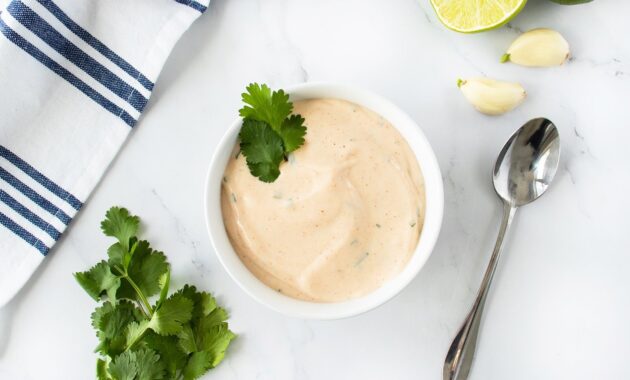
- Dipping Sauce: Combine fish sauce with lime juice, sugar, garlic, and chili peppers for a classic dipping sauce for spring rolls, grilled meats, and seafood.
- Stir-Fries: Add a splash of fish sauce to stir-fries for a savory and umami boost.
- Marinades: Use fish sauce as a marinade for meats, poultry, and fish. Its enzymes help to tenderize the protein and impart a delicious flavor.
- Soups and Stews: Enhance the flavor of soups and stews with a few drops of fish sauce.
- Salads: Drizzle fish sauce over salads for a salty and savory dressing.
- Rice Dishes: Add a touch of fish sauce to rice dishes for added depth and complexity.
- Noodle Dishes: Season noodle dishes like Pad Thai and Pho with fish sauce for an authentic flavor.
Notes and Tips for Perfect Homemade Fish Sauce
- Quality of Fish: The quality of the fish is paramount. Use the freshest fish possible for the best flavor.
- Salt Type: Use coarse sea salt, as iodized salt can inhibit the fermentation process.
- Cleanliness: Ensure all equipment is thoroughly clean to prevent contamination.
- Fermentation Time: The longer the fermentation time, the more intense the flavor will be.
- Experimentation: Feel free to experiment with different types of fish and herbs to create your own unique fish sauce blend.
- Smell: Expect a strong, pungent smell during fermentation. This is normal.
- Storage: Store the finished fish sauce in a cool, dark place for optimal shelf life.
- First Pressing Matters: The “first pressing” of the fish sauce yields the highest quality and most flavorful product. Don’t skip this step if you’re aiming for the best possible result.
- Considerations for the fish type: While anchovies are the most traditional fish used for homemade fish sauce, sardines and even other small fish can be used. Each type of fish will yield a slightly different flavor profile, so feel free to experiment and find your preference.
- Vegan Alternative: While not technically *fish* sauce, a vegan alternative can be made using shiitake mushrooms, seaweed, and salt, fermented similarly to the fish method. The result will have a similar umami flavor profile, appealing to those who avoid animal products.
- Adjusting the Intensity: If the final fish sauce is too strong for your liking, you can dilute it with a small amount of water or broth. Alternatively, you can add a touch of sugar or lime juice to balance the flavors.
- Troubleshooting: If you notice any signs of mold, unusual smells, or other abnormalities during the fermentation process, it’s best to discard the entire batch to avoid foodborne illness.
Making your own fish sauce is a rewarding culinary endeavor. It requires patience and attention to detail, but the result is a flavorful, high-quality product that will elevate your cooking to new heights. By following this guide and experimenting with your own variations, you can unlock the secrets of homemade fish sauce and create a truly unique and unforgettable ingredient. So, gather your ingredients, embrace the fermentation process, and prepare to experience the umami magic of homemade fish sauce!
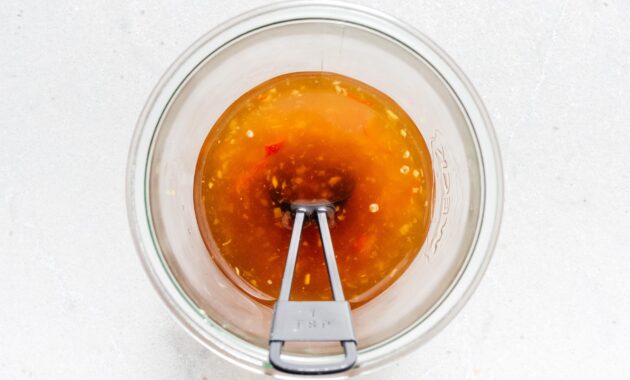
The distinct taste of homemade **fish sauce** offers a unique flavor that can’t be replicated by store-bought brands. Creating your own **fish sauce** from scratch lets you control the ingredients and fermentation process, ensuring a truly authentic and personalized condiment. By using fresh anchovies or sardines, you can make the best homemade **fish sauce** around! If you have time to spare and want to create a condiment that you’ll be proud of, then try this **fish sauce** recipe! This **fish sauce** also elevates the flavors of many different Asian dishes. The best part about the **fish sauce** is that is simple to make! This **fish sauce** offers a unique flavor that is so delicious! Now, are you ready to create your own **fish sauce**? You can also create different variations of **fish sauce** once you master the basic recipe! We hope you enjoy this homemade **fish sauce** as much as we do! This homemade **fish sauce** recipe is a fantastic alternative to store-bought varieties, offering a richer, more nuanced flavor. The process of making **fish sauce** might seem daunting, but it’s surprisingly straightforward and rewarding. One of the key benefits of making your own **fish sauce** is the ability to control the sodium content to some extent by adjusting the salt ratio during fermentation. Plus, there is no better flavor than authentic homemade **fish sauce**! This is the best **fish sauce** recipe!
